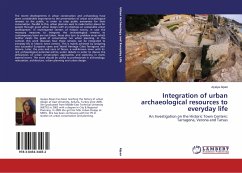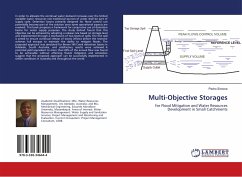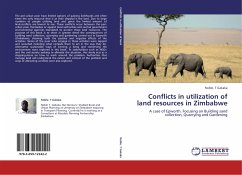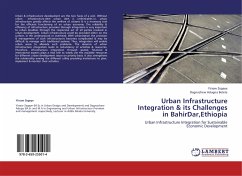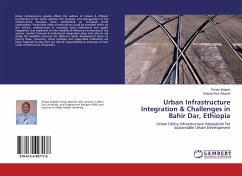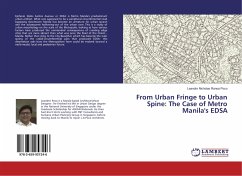The recent developments in urban conservation and archaeology have given considerable importance to the presentation of urban archaeological remains to the public, in order to raise public awareness for their conservation. Parallel to this, urban planners seek to make better places for people through good urban design with an emphasis on sustainable urban development. In multi-layered centers of historic towns, in case the necessary measures to integrate the archaeological remains to contemporary town are not taken, these sites turn to problem areas which neither meets the goals of conservation nor urban planning. In this context, this work discusses how these remains can be integrated to everyday life in historic town centers. This is mainly achieved by analyzing two successful European cases and World Heritage Cities Tarragona and Verona. Later, the pros and cons of Tarsus, a well-known town with its rich archaeological potential will be under debate in order to discuss the deficiencies of urban conservation approaches and planning in multi-layered towns. The work should be useful to professionals in archaeology, restoration, architecture, urban planning and urban design.
Bitte wählen Sie Ihr Anliegen aus.
Rechnungen
Retourenschein anfordern
Bestellstatus
Storno

